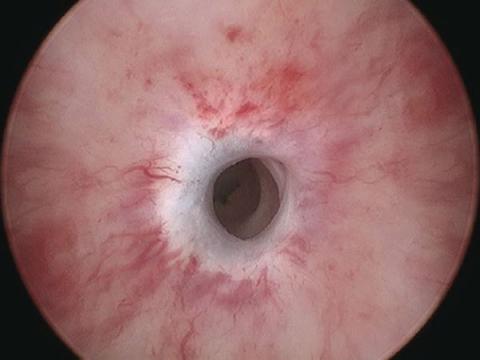What is it?

This is a procedure that opens a stricture (scarred segment) of the urethra – the tube through which you pass urine.
Who needs an optical urethrotomy?
Men who are having difficulty passing urine, with a slow often spraying stream caused by a stricture are candidates for an optical urethrotomy.
What does the procedure involve?
A cystoscope (telescope for looking at the urethra and bladder) is passed into the urethra to visualize the strictured area. If the stricture is very tight a guidewire may be passed to the bladder for the surgeon to follow when opening up the narrowed length of urethra.
An optical urethrotomy is usually performed under a “light” general anaesthetic, though, on occasions, a spinal anaesthetic may be used. The anaesthetist will discuss the best option for you prior to the procedure.
The procedure is generally performed as a day procedure, though it is sometimes necessary for you to remain in hospital overnight. If the stricture has been particularly tight, you may be discharged with an indwelling catheter for a few days. If so you will be given a date to return to the surgery for removal.
What should I expect after going home?
For a few days after your procedure, it is normal to experience any of the following:
-
A mild burning when you pass your urine.
-
A need to pass urine more frequently, and occasionally more urgently than you usually do.
-
Some blood in the urine.
All usually settle quite rapidly without the need for any treatment
What can I do to help?
-
Drink plenty of water.
-
Take Ural or Citravescent in a glass of water 4 times a day.
-
Take 2 Panadol every 4 hours.
-
Take any antibiotics you have been prescribed.
-
Avoid constipation.
Are there any possible side effects?
Most procedures are straightforward; however as with any surgical procedure there is a chance of side effects or complications.
Relatively Common
-
Mild burning or bleeding on passing urine for a short period after the operation.
-
Need for intermittent self-catheterisation regime to keep the narrowing from closing down again.
-
Recurrence of the stricture needing further procedures or repeat incision – it is estimated this may be up to 30% of men will need a second urethrotomy.
Occasional
-
Infection of the bladder needing antibiotics.
-
Delayed bleeding requiring removal of clots or further surgery.
Rare
-
Septicaemia.
-
Inability to open stricture and need for a temporary suprapubic catheter.
